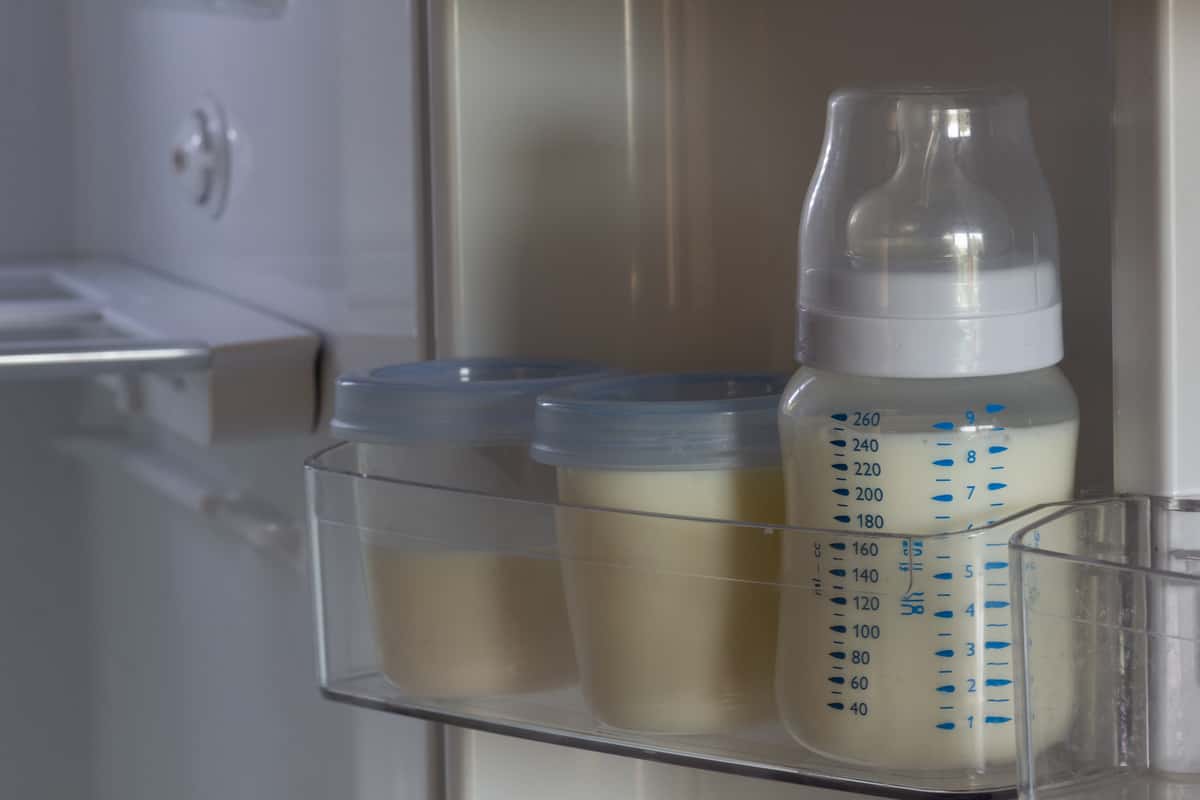

Articles
How To Store Breast Milk In Fridge
Modified: May 6, 2024
Learn effective methods for storing breast milk in the fridge safely and easily. Read our informative articles on proper breast milk storage techniques.
(Many of the links in this article redirect to a specific reviewed product. Your purchase of these products through affiliate links helps to generate commission for Storables.com, at no extra cost. Learn more)
Introduction
Welcome to the world of breastfeeding, where every drop of mother’s milk holds immense value for the health and development of your little one. As a nursing mother, you may find yourself in situations where you need to store your breast milk for later use. One of the most common and convenient methods is storing breast milk in the fridge.
Storing breast milk in the fridge provides a safe and practical way to preserve your milk’s nutrients until your baby is ready to consume it. Whether you’re returning to work, need to build up a supply for occasional bottle feeding, or simply want the flexibility of having breast milk readily available, knowing how to store breast milk properly is essential.
In this article, we will discuss the step-by-step process for storing breast milk in the fridge, the importance of choosing the right containers, and how to use the stored breast milk safely.
So let’s dive in and explore the wonderful world of storing breast milk in the fridge!
Key Takeaways:
- Storing breast milk in the fridge preserves nutrients, offers convenience, and provides emergency preparedness. Follow proper storage and labeling techniques to ensure your baby receives the full benefits of your precious milk.
- Choose BPA-free containers, organize stored milk using the First In, First Out method, and follow safe handling practices. By adhering to guidelines, you can confidently store breast milk in the fridge and provide your baby with the best nutrition possible.
Read more: How To Store Breast Milk In Freezer
Why Store Breast Milk in the Fridge
There are several reasons why storing breast milk in the fridge is a popular choice among nursing mothers:
- Preserves Nutritional Value: Breast milk contains essential nutrients, antibodies, and enzymes that promote your baby’s growth and development. Storing breast milk in the fridge helps to preserve these nutrients, ensuring that your little one receives the full benefits of your milk.
- Convenience: Storing breast milk in the fridge allows you to have a ready-to-use supply of milk on hand. This is especially beneficial if you need to leave your baby with a caregiver or if you’re returning to work.
- Flexibility: By having stored breast milk in the fridge, you can have the freedom to feed your baby whenever necessary, without being limited to breastfeeding exclusively. This can be particularly helpful if you want to introduce bottle feeding or if you need to supplement your baby’s feeding.
- Reduce Waste: Storing breast milk in the fridge allows you to store and use milk based on your baby’s needs. This helps to minimize wastage and ensures that every precious drop of your milk is utilized.
- Emergency Preparedness: Having stored breast milk in the fridge can be a lifesaver during emergencies and unforeseen circumstances. It provides a backup supply of nutrition for your baby when you might not have immediate access to breastfeeding.
Overall, storing breast milk in the fridge is a practical and efficient way to manage your milk supply and ensure that your baby receives the benefits of your breast milk, even when you’re not available to breastfeed.
Preparing to Store Breast Milk
Before storing breast milk in the fridge, it’s important to follow a few steps to ensure the milk remains safe and maintains its quality:
- Clean Hands: Wash your hands thoroughly with soap and water before expressing or handling breast milk. This helps to prevent the transfer of any harmful bacteria.
- Clean Pumping Equipment: Make sure your breast pump and any accessories are clean and sterilized before each use. Follow the manufacturer’s instructions for proper cleaning and sanitizing.
- Use Sterile Containers: Choose BPA-free containers or breast milk storage bags that are specifically designed for storing breast milk. Ensure that the containers are clean and sterilized before use. Avoid using regular plastic bags or glass containers, as they may not be suitable for preserving the milk’s quality.
- Collect Milk in Separate Portions: It’s a good practice to collect breast milk in smaller portions, such as 2-4 ounces, to reduce waste. This allows you to thaw and use only the amount your baby needs for each feeding.
- Date and Time Labeling: Always label each container with the date and time of expression. This helps to track the freshness of the milk and ensure it’s used within the recommended storage guidelines.
- Store Milk in Breast Milk Storage Bags: If you’re using breast milk storage bags, make sure to squeeze out excess air before sealing to prevent freezer burn and maintain the milk’s quality.
By following these steps, you can ensure that your breast milk is stored safely and ready for your baby’s consumption whenever needed.
Choosing the Right Containers
When it comes to storing breast milk in the fridge, choosing the right containers is crucial for maintaining the quality of the milk. Here are some considerations:
- BPA-Free Containers: Select containers that are free of bisphenol A (BPA), as this chemical can leach into the breast milk and potentially harm your baby’s health. Look for containers that are specifically designed for storing breast milk and are labeled as BPA-free.
- Breast Milk Storage Bags: Breast milk storage bags are a popular choice for many nursing mothers. They are convenient, space-saving, and easy to use. Look for bags that are leak-proof, pre-sterilized, and have airtight seals to ensure the freshness and safety of your breast milk.
- Glass Containers: If you prefer to use glass containers, make sure they are made of food-grade glass and have a tight-sealing lid to prevent any leakage or contamination. Glass containers are durable and can be easily sterilized, but they may take up more space in your fridge.
- Ice Cube Trays: Some mothers find it helpful to freeze breast milk in ice cube trays and then transfer the frozen milk cubes into a labeled and sealed container. This method allows you to thaw small amounts of milk as needed and reduces waste.
Ultimately, choose containers that are convenient for you to use and fit well within your storage space. Remember to always follow the manufacturer’s instructions for proper usage, cleaning, and storage of the chosen containers.
By selecting the right containers, you can ensure that your breast milk remains safe, fresh, and full of valuable nutrients for your little one.
Steps for Storing Breast Milk in the Fridge
Storing breast milk in the fridge is a simple process that can be completed in a few easy steps:
- Express and Collect: Use a breast pump to express your milk into clean and sterile containers or breast milk storage bags. Make sure to collect the milk in separate portions to reduce waste and allow for easy thawing.
- Cool and Settle: Let the freshly expressed breast milk cool down at room temperature for about 30 minutes. This allows the milk to settle, and any separation to occur, which is normal in breast milk.
- Choose the Right Shelf: Identify a suitable spot in your fridge for storing breast milk. It’s recommended to place the milk on the back of the shelf, away from the door, as this area experiences the least temperature fluctuation.
- Place Containers in Fridge: Carefully place the containers or breast milk storage bags in the fridge, making sure they are upright and tightly sealed to prevent spills or leaks.
- Keep Consistent Temperature: Ensure that your fridge is set at a temperature of 32-39°F (0-4°C) to maintain the freshness and quality of the breast milk.
Following these steps will help ensure that your breast milk is properly stored, preserving its nutritional value and preventing contamination.
It’s important to note that if you’re adding freshly expressed breast milk to milk that has already been refrigerated, make sure the new milk is the same temperature or cooler than the milk already in the fridge. This helps to maintain the quality and safety of the stored milk.
Read more: How To Store And Freeze Breast Milk
Labeling and Organizing Breast Milk
Properly labeling and organizing your stored breast milk in the fridge is essential for easy identification and to ensure that you use the oldest milk first. Here are some guidelines to help you:
- Date and Time Labeling: Label each container or breast milk storage bag with the date and time of expression. Use a waterproof marker or label sticker that adheres well to the container. This allows you to track the freshness of the milk and use it within the recommended storage timeframe.
- First In, First Out (FIFO): To maintain the freshness of your breast milk, organize the containers or bags in the fridge using the First In, First Out method. Place the newly expressed milk at the back of the fridge, and move the older milk to the front. This ensures that you use the oldest milk first.
- Separate by Portions: If you have stored breast milk in different portions, consider grouping them together in a designated area of the fridge. This makes it easier to locate specific amounts and reduces the time spent searching for the desired portion.
- Use Storage Rack or Tray: Consider using a storage rack or tray inside the fridge to keep the containers or bags organized. This helps prevent them from toppling over and keeps the milk easily accessible.
- Separate from Other Foods: Store breast milk away from raw meat, seafood, and other strong-smelling foods in the fridge. This minimizes the risk of cross-contamination and helps maintain the quality of the milk.
By labeling and organizing your stored breast milk, you can ensure that it remains fresh, easily accessible, and used in the appropriate order. This practice also helps to minimize waste and allows for efficient management of your breast milk supply.
When storing breast milk in the fridge, make sure to use clean, BPA-free containers and label them with the date. Store milk at the back of the fridge, where it’s coldest, and use it within 3-5 days.
Tips for Storing Breast Milk in the Fridge
Storing breast milk in the fridge can be made even easier with these helpful tips and tricks:
- Use Freshly Expressed Milk: Whenever possible, store freshly expressed breast milk in the fridge instead of adding it to already chilled milk. This helps to maintain the quality and freshness of the milk.
- Keep the Fridge Temperature Consistent: Regularly monitor and maintain the temperature of your fridge between 32-39°F (0-4°C). Fluctuating temperatures can affect the quality and safety of the stored breast milk.
- Avoid Overfilling Containers: Leave some room at the top of each container or breast milk storage bag to allow for expansion when freezing or when the milk settles. This helps to prevent leaks and spills.
- Use Smaller Portions: Consider storing breast milk in smaller portions, such as 2-4 ounces, to reduce waste. This allows you to thaw and use only the amount needed for each feeding.
- Don’t Mix Warm and Cold Milk: Avoid combining warm freshly expressed milk with refrigerated or frozen milk. It’s best to bring the temperature of the freshly expressed milk down before mixing it with chilled or frozen milk.
- Thaw Gradually: When you need to use stored breast milk, thaw it gradually in the fridge or by placing the container under lukewarm water. Avoid using warm or hot water directly on the milk, as it can destroy some of the beneficial properties.
- Do Not Refreeze Thawed Milk: Once you have thawed breast milk, do not refreeze it. Use it within 24 hours and discard any leftovers.
- Use Frozen Breast Milk Promptly: If you freeze breast milk, make sure to use it within the recommended storage timeframe. First in, first out (FIFO) applies to frozen breast milk as well.
- Follow Safe Handling Practices: Always practice good hygiene when handling breast milk. Wash your hands before expressing, use clean pumping equipment and containers, and ensure proper sealing and labeling.
By following these tips, you can store your breast milk in the fridge safely and efficiently while preserving its quality and nutrients for your baby’s optimal nourishment.
Using Stored Breast Milk Safely
Using stored breast milk safely is crucial to ensure the health and well-being of your baby. Here are some important guidelines to follow:
- Check for Signs of Spoilage: Before using stored breast milk, check for any signs of spoilage, such as a sour or off smell, unusual texture, or separation. If the milk appears to be spoiled, do not feed it to your baby.
- Warm the Milk Safely: When warming refrigerated or frozen breast milk, avoid using the microwave, as it can create hot spots and break down the beneficial components of the milk. Instead, thaw the milk by placing the container in warm water or using a bottle warmer. Swirl the milk gently to mix it and test the temperature on your wrist before feeding your baby.
- Use Thawed Milk within 24 Hours: Once you have thawed breast milk, it is recommended to use it within 24 hours. This ensures its freshness and minimizes the risk of bacterial growth.
- Do Not Refreeze Thawed Milk: Avoid refreezing breast milk that has been thawed. Once thawed, the milk’s quality and nutrients may deteriorate, and refreezing can further compromise its safety and freshness.
- Do Not Mix Milk from Different Sessions: It’s best to avoid combining milk from different pumping sessions, as the composition and timing of the milk may vary. Instead, use the oldest milk first and discard any unused milk from a bottle or cup after a feeding.
- Follow Proper Storage Guidelines: Familiarize yourself with the recommended storage guidelines for breast milk. Guidelines may vary depending on factors such as the room temperature, intended use, and whether the milk has been refrigerated or frozen. Adhering to these guidelines ensures the safety and quality of the milk for your baby.
- Share Storage Instructions with Caregivers: If you plan to leave your baby in the care of others, it’s important to communicate the correct storage and handling instructions for the stored breast milk. This ensures that everyone involved follows the necessary precautions.
- Monitor your Baby’s Tolerance: Every baby is unique, and some may have sensitivities or allergies to stored breast milk. Keep an eye on your baby’s reactions and consult with your healthcare provider if you have any concerns.
Following these guidelines will help you use stored breast milk safely, providing your baby with the nourishment, comfort, and benefits of your precious milk.
How Long Can Breast Milk Be Stored in the Fridge?
The duration for which breast milk can be stored in the fridge depends on various factors, including the temperature of your fridge and the freshness of the milk at the time of storage. Here are some general guidelines:
- Room temperature: Breast milk can be safely stored at room temperature (up to 77°F or 25°C) for a maximum of 4 hours. However, it’s best to refrigerate or use the milk within 2 hours to maintain its freshness and quality.
- Refrigerator: In a properly functioning refrigerator, breast milk can be safely stored for up to 4-5 days. However, it’s recommended to use the milk within 3 days to ensure its optimal freshness and nutritional value.
- Deep freezer compartment within a refrigerator: Breast milk can be stored in this compartment for up to 2 weeks. However, using the milk within 6 months is ideal to maintain its quality.
- Separate deep freezer (-4°F or -20°C): Breast milk can be safely stored in a separate deep freezer for up to 6 months. Keep in mind that using the milk within 3-4 months is recommended for optimal freshness.
It’s important to note that these guidelines are general recommendations. Individual circumstances, such as the cleanliness of your storage containers and the overall stability of your fridge’s temperature, can impact the duration for which breast milk remains safe and maintains its quality.
Always check the smell, appearance, and consistency of the stored breast milk before using it. If it appears or smells off, or if you have any concerns about the safety of the milk, it’s best to discard it.
Remember to label each container with the date of expression to ensure that you use the oldest milk first and avoid wastage.
By following these guidelines and practicing proper storage and hygiene, you can safely store breast milk in the fridge and provide your baby with the best nutrition possible.
Read more: How To Store Breast Milk In Bottle
FAQ about Storing Breast Milk in the Fridge
Here are some frequently asked questions about storing breast milk in the fridge:
- Can I add freshly expressed milk to already refrigerated milk?
Yes, you can add freshly expressed milk to already refrigerated milk, as long as the newly expressed milk is cooled to the same temperature or colder than the milk already in the fridge. Avoid adding warm milk to already chilled milk to maintain its quality. - Can I mix milk from different pumping sessions?
It’s generally recommended to avoid mixing milk from different pumping sessions. The composition and timing of the milk may vary, and mixing them can affect the freshness and quality. It’s best to use the oldest milk first and discard any remaining milk after each feeding. - Can I freeze breast milk that has been refrigerated?
Yes, if you have refrigerated breast milk and it has not exceeded the recommended storage duration in the fridge, you can transfer it to the freezer for longer-term storage. Label the container with the original date of expression. - What is the best way to thaw frozen breast milk?
To thaw frozen breast milk, place the container in the fridge overnight or run it under lukewarm water. Avoid using hot water or the microwave, as they can destroy valuable nutrients and create hot spots in the milk. - Can I refreeze breast milk after it has been thawed?
No, it is not recommended to refreeze breast milk after it has been thawed. Once thawed, the milk’s quality, freshness, and nutritional value may be compromised. Use the thawed milk within 24 hours. - How can I tell if stored breast milk has gone bad?
Check for any signs of spoilage, such as a sour or off smell, unusual texture, or separation. If the milk appears or smells off, it is best to discard it. Fresh breast milk should have a slightly sweet or mild odor. - Can I heat breast milk directly in the microwave?
No, it is not recommended to heat breast milk directly in the microwave. Microwaves can create hot spots in the milk, which can burn your baby’s mouth. It can also destroy beneficial components of the milk.
It’s important to remember that every baby is unique and may have individual preferences or sensitivities. If you have any concerns or specific questions about storing breast milk in the fridge, it’s always best to consult with a lactation consultant or healthcare provider for personalized advice.
Conclusion
Storing breast milk in the fridge provides a convenient and safe way to preserve this valuable source of nutrition for your baby. By following proper storage techniques and guidelines, you can ensure that your breast milk remains fresh, nutritious, and safe for consumption.
Remember to prepare properly before storing breast milk, ensuring clean hands, sterilized equipment, and appropriate storage containers. Labeling and organizing the milk in the fridge helps maintain order and prioritize usage based on freshness. The correct temperature setting in the fridge and proper thawing techniques are crucial for preserving the quality of the milk.
By adhering to recommended storage times and safe handling practices, you can confidently store breast milk in the fridge, knowing that you are providing your little one with the best nutrition possible. Whether you’re going back to work, planning for occasional bottle feeding, or simply wanting to have a supply of breast milk on hand, storing milk in the fridge offers convenience, flexibility, and peace of mind.
Remember, when it comes to breastfeeding and storing breast milk, every drop counts. Your dedication and effort in providing your baby with the goodness of breast milk are invaluable. Should you have any specific concerns or questions about storing breast milk, consult with a lactation consultant or healthcare provider for personalized advice.
Enjoy this beautiful journey of nurturing your baby and providing the best nourishment through the power of your own milk!
Now that you've mastered storing breast milk in your fridge, why not delve deeper into optimizing your storage solutions? Discover top picks in our comprehensive guide on breast milk storage, where we highlight containers designed for efficiency and safety. Also, understanding milk preservation times is key to ensuring your baby's health. Learn exactly how long breast milk remains fresh in the refrigerator, so you can plan feeds with confidence.
Frequently Asked Questions about How To Store Breast Milk In Fridge
Was this page helpful?
At Storables.com, we guarantee accurate and reliable information. Our content, validated by Expert Board Contributors, is crafted following stringent Editorial Policies. We're committed to providing you with well-researched, expert-backed insights for all your informational needs.
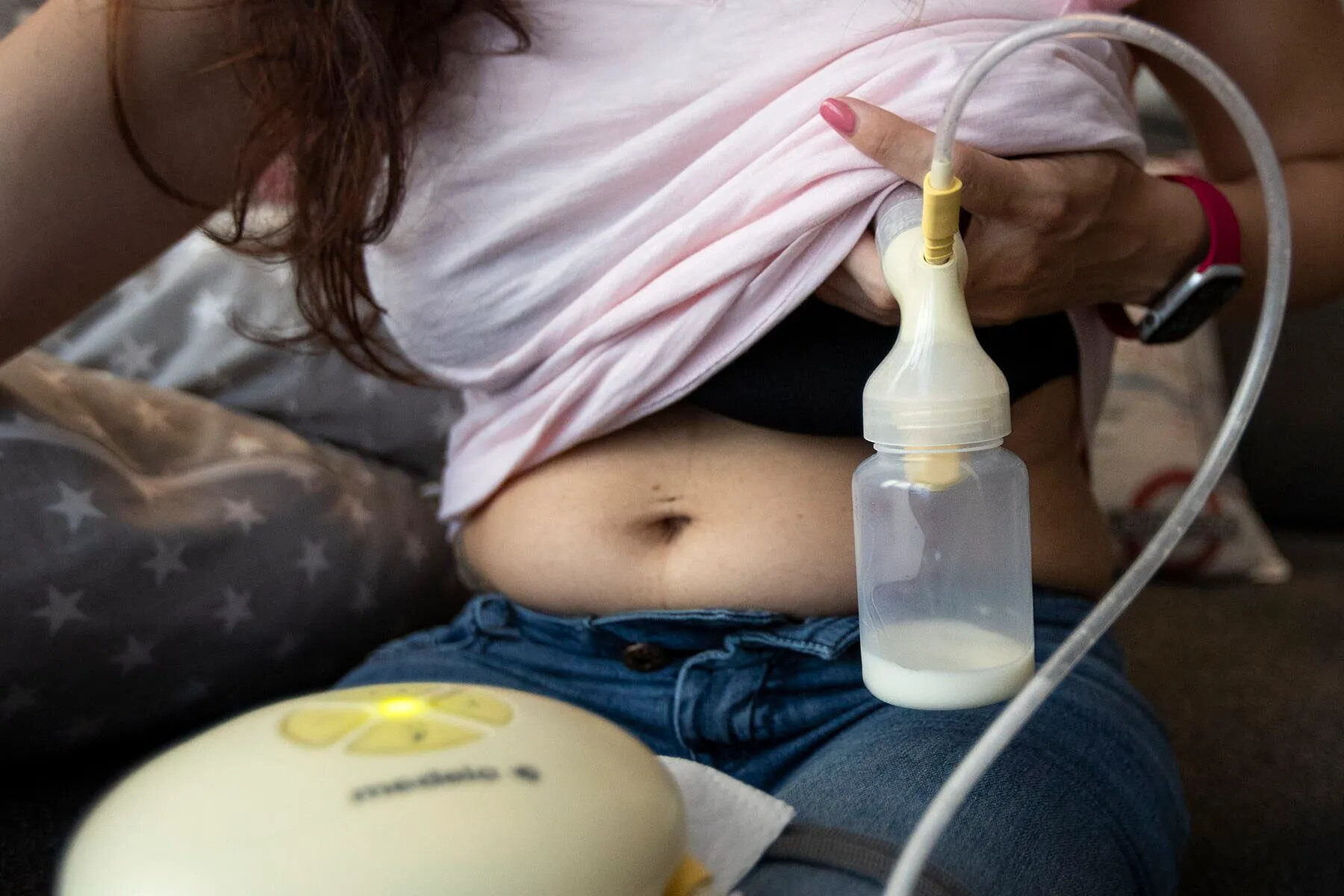

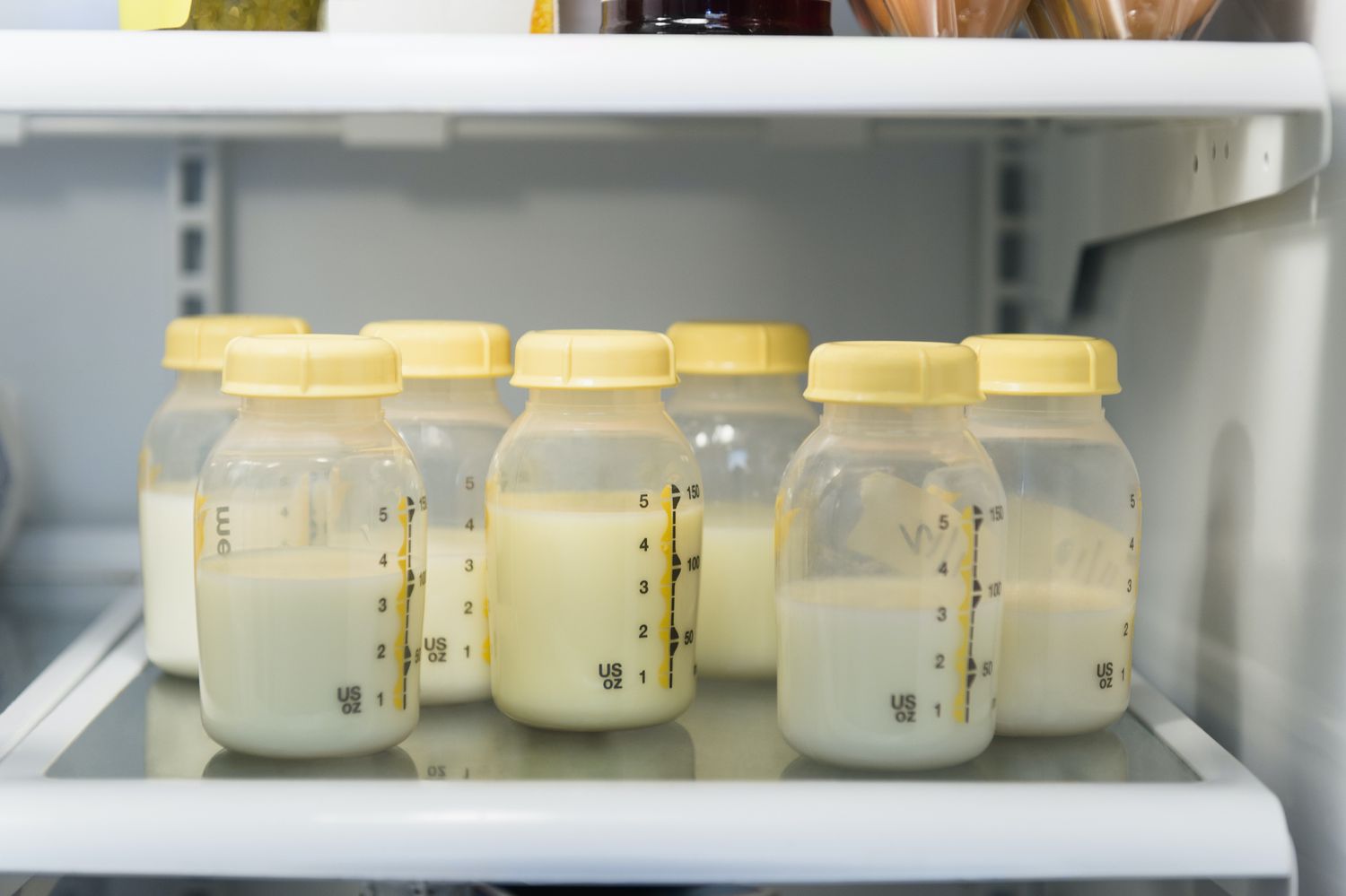
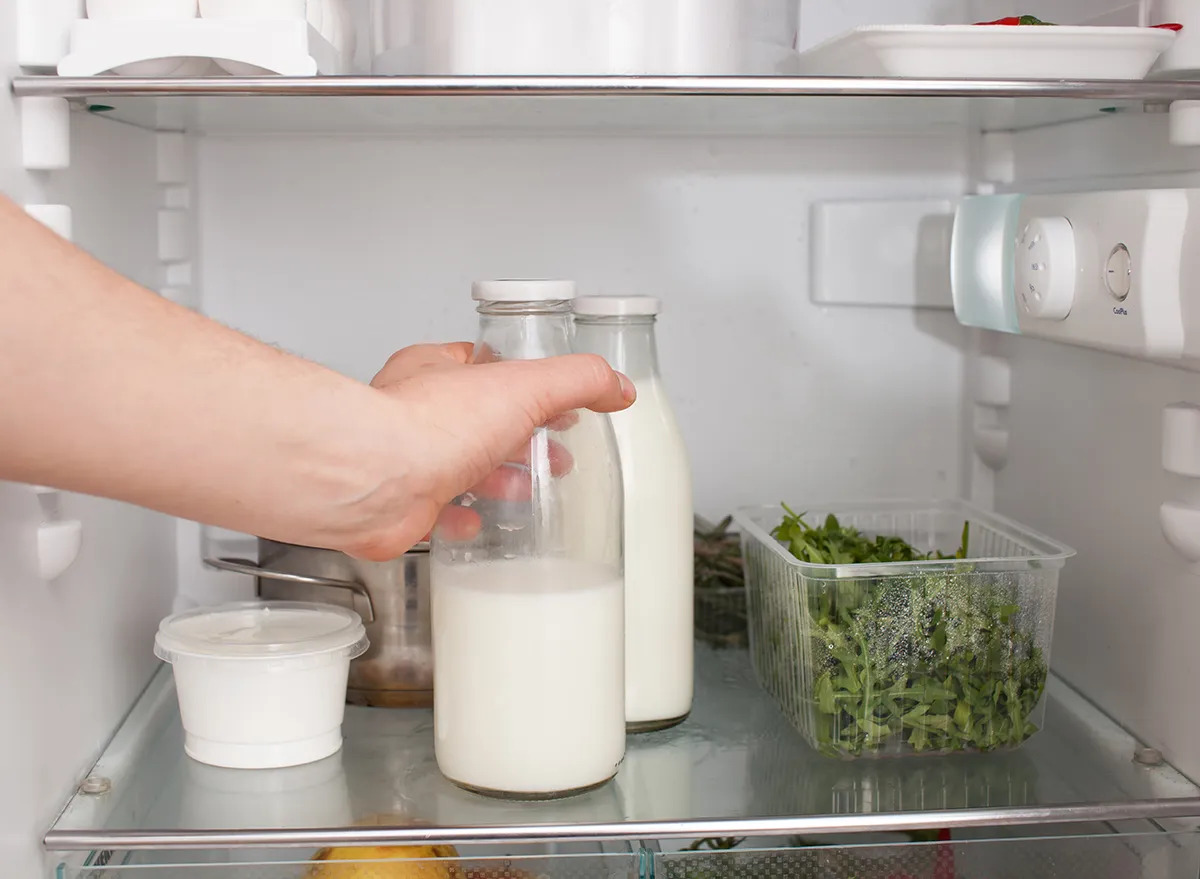
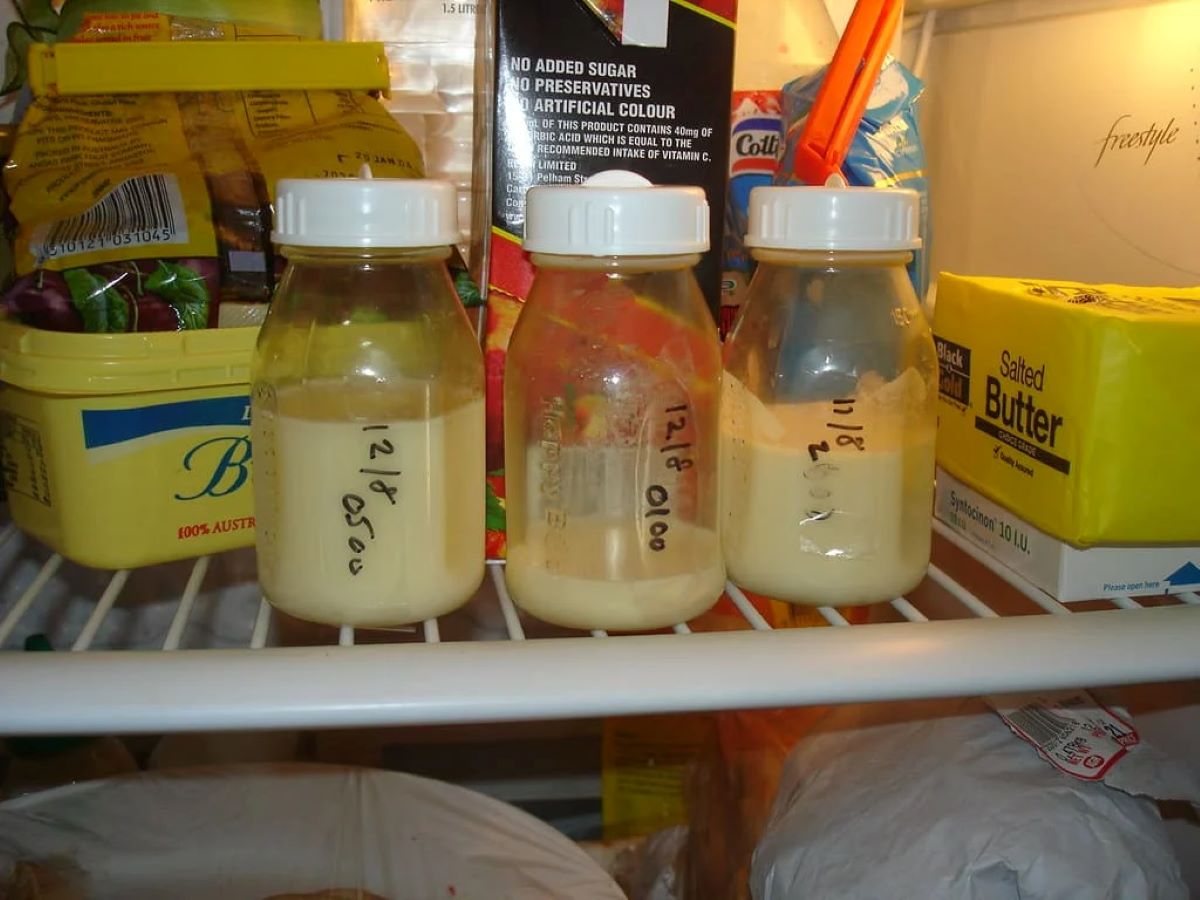
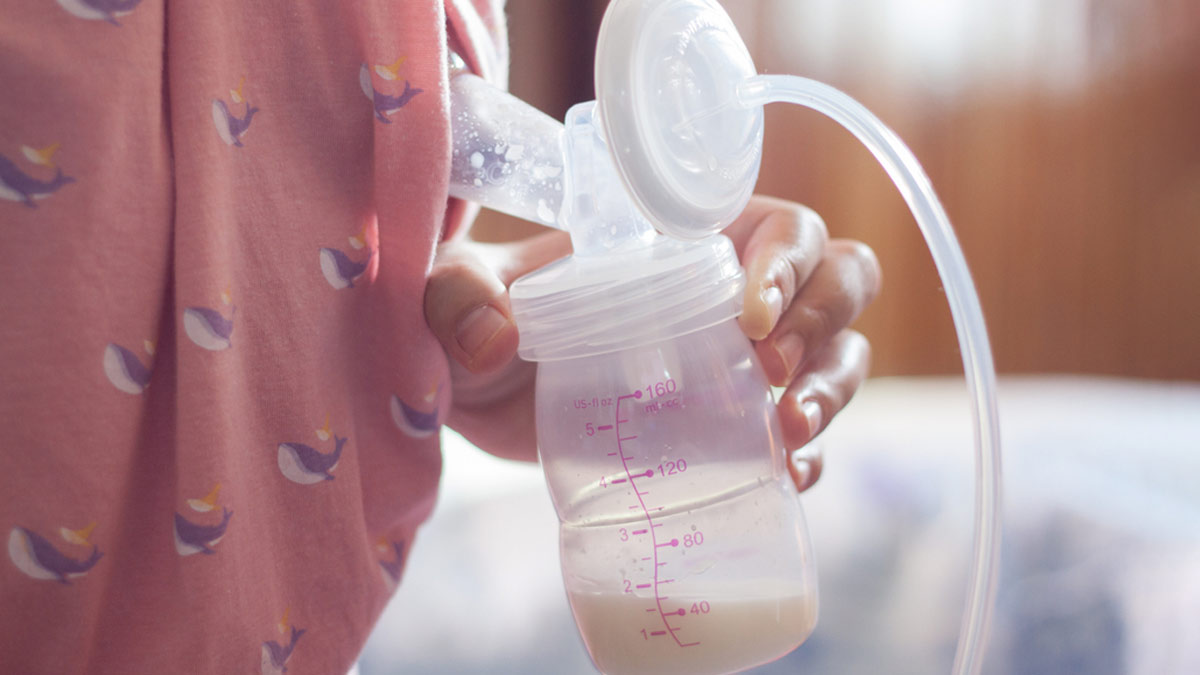
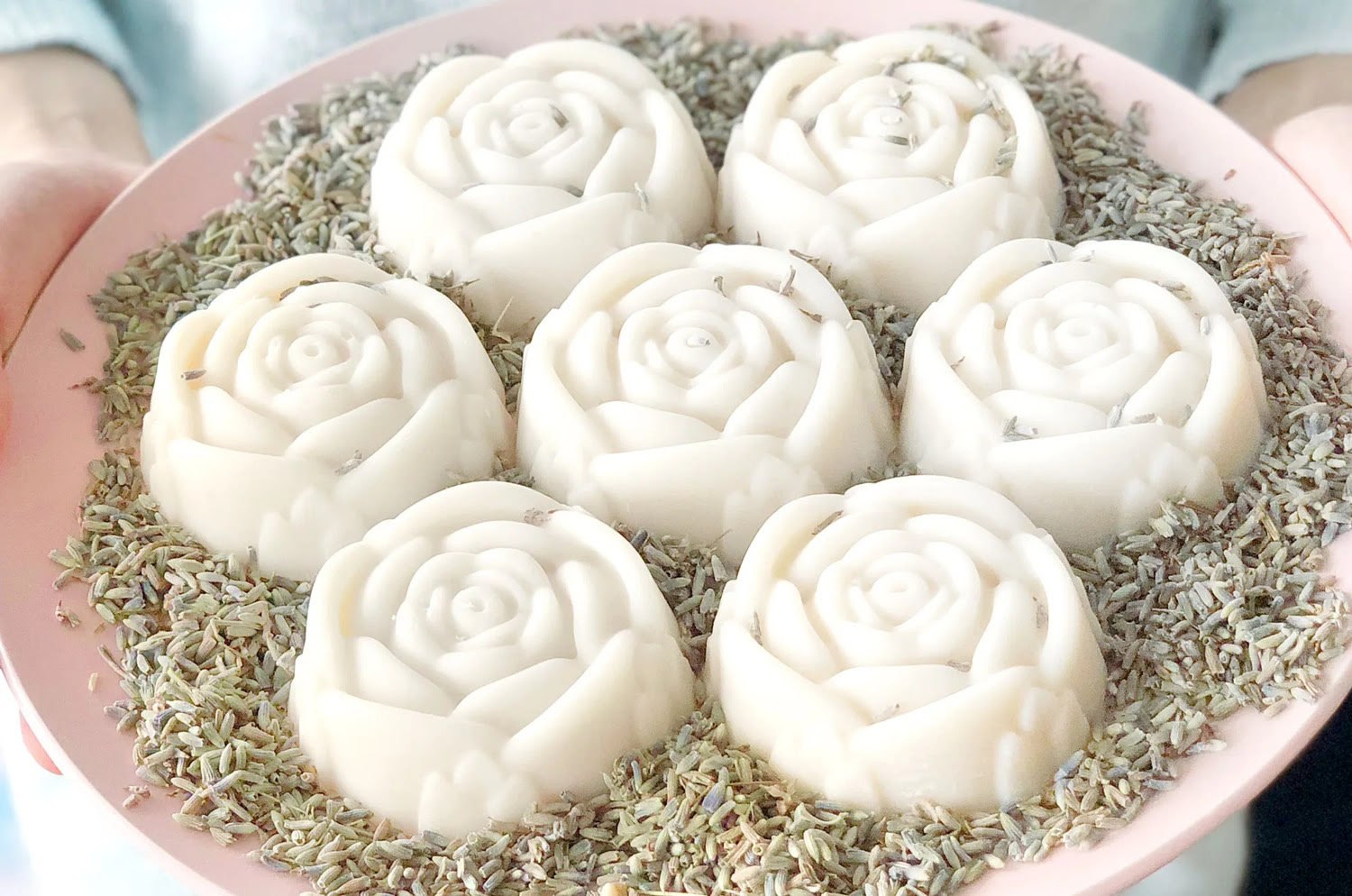
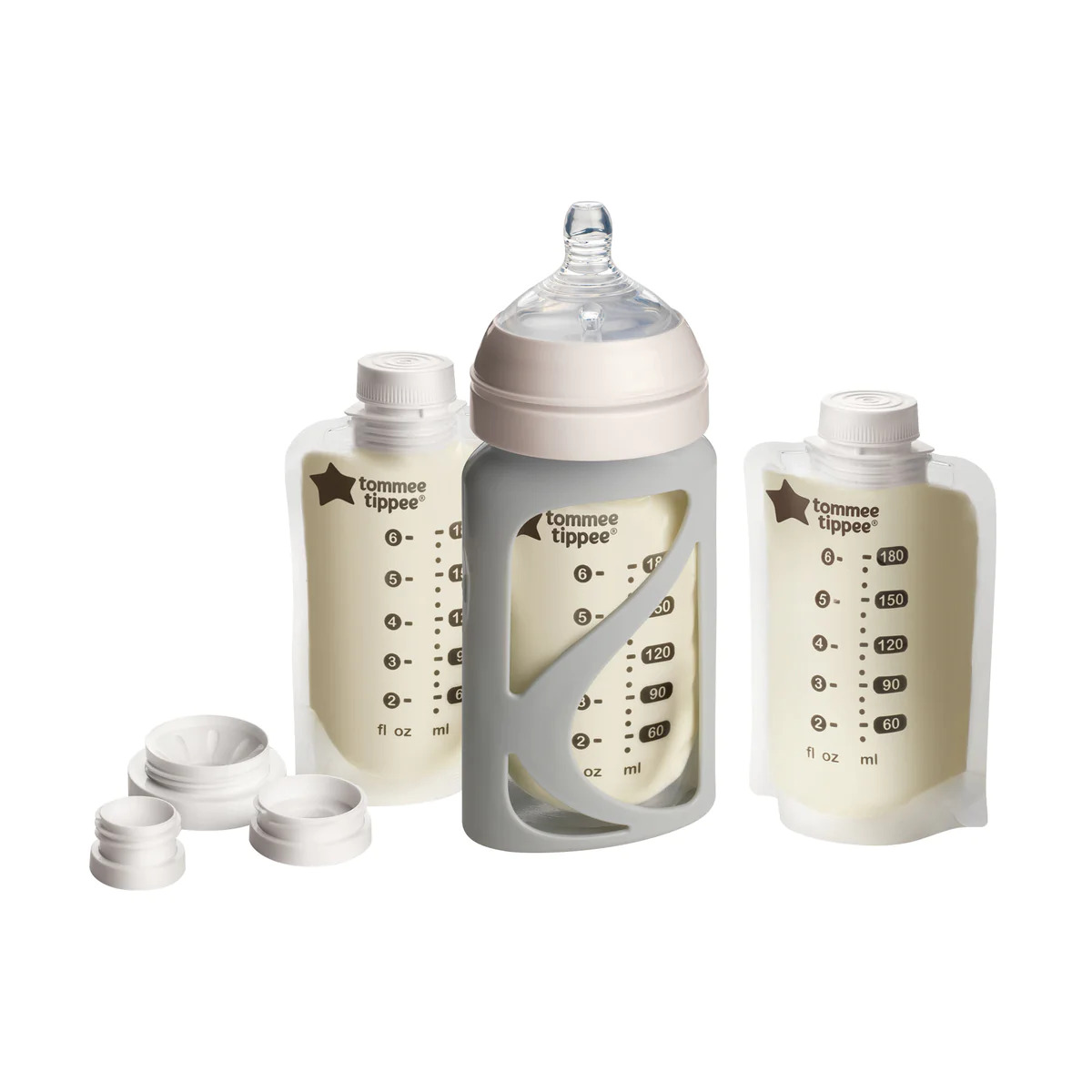
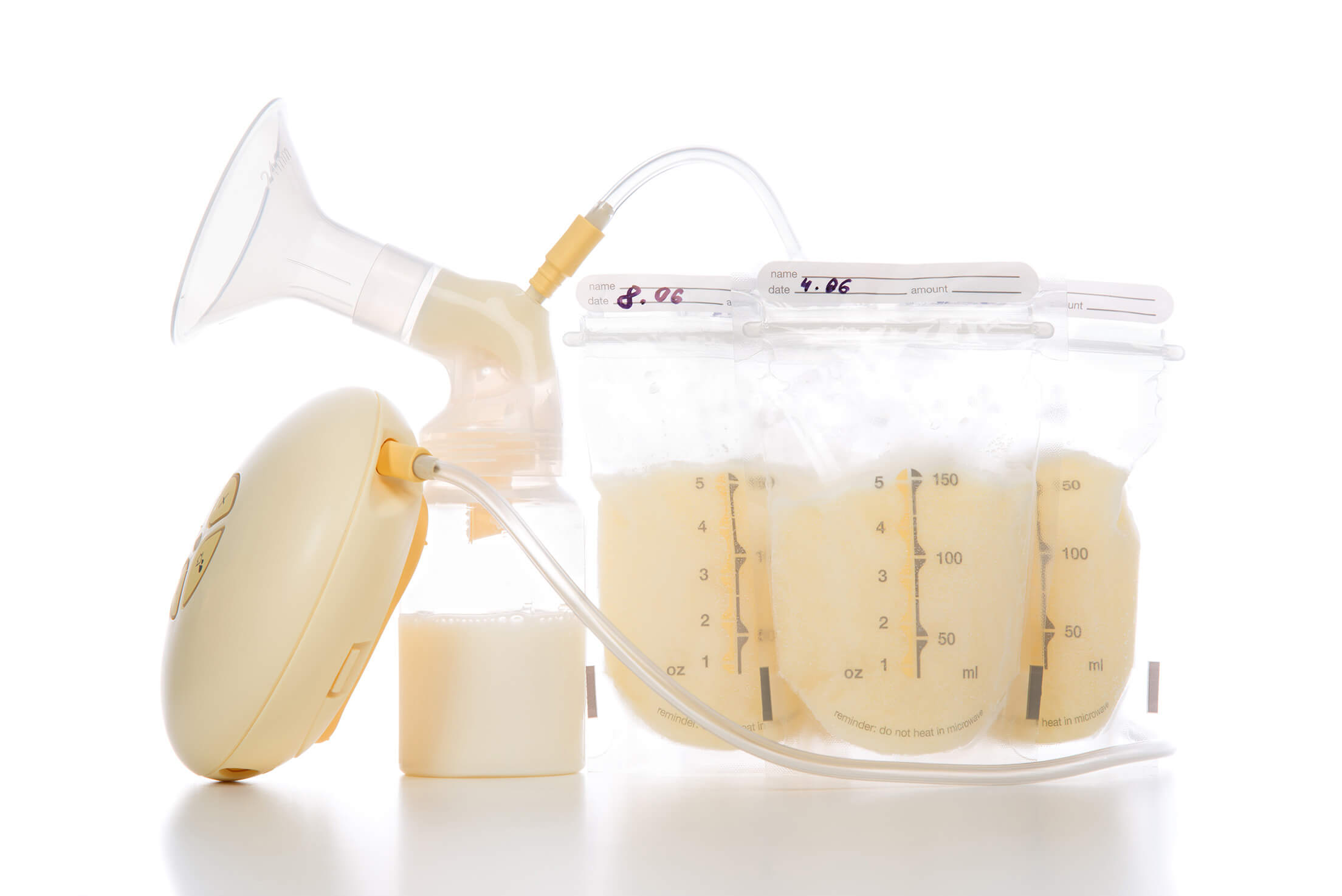
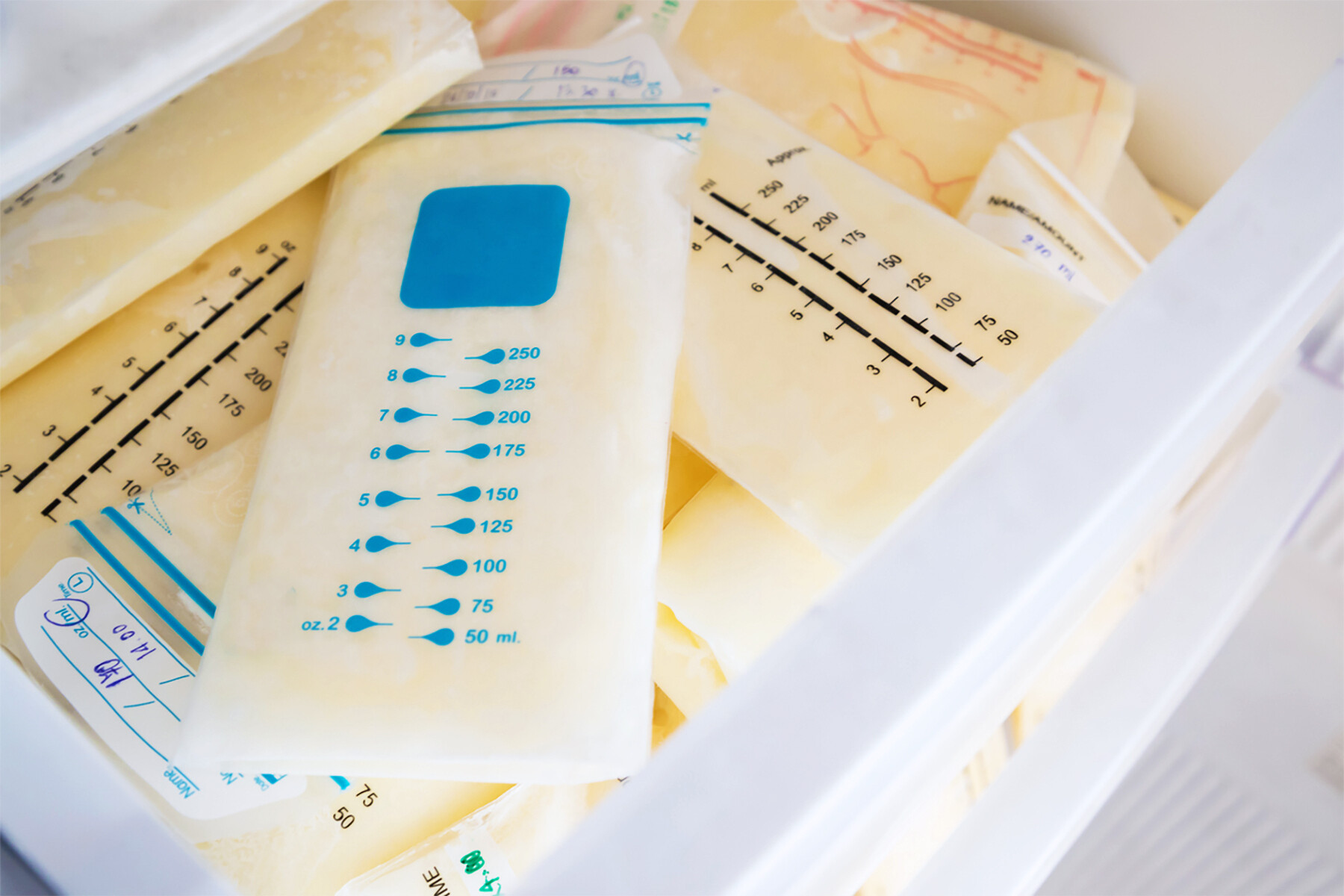
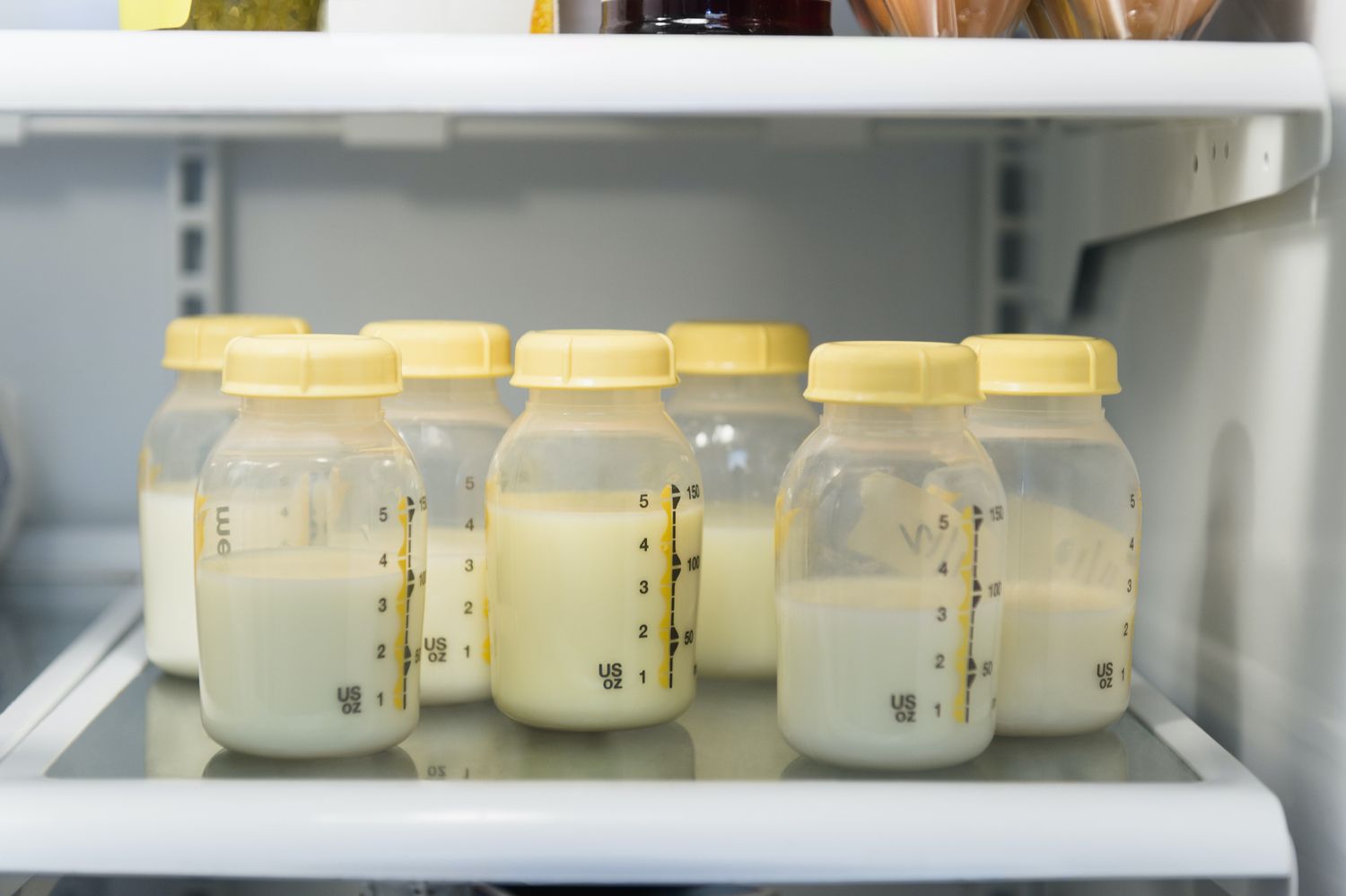
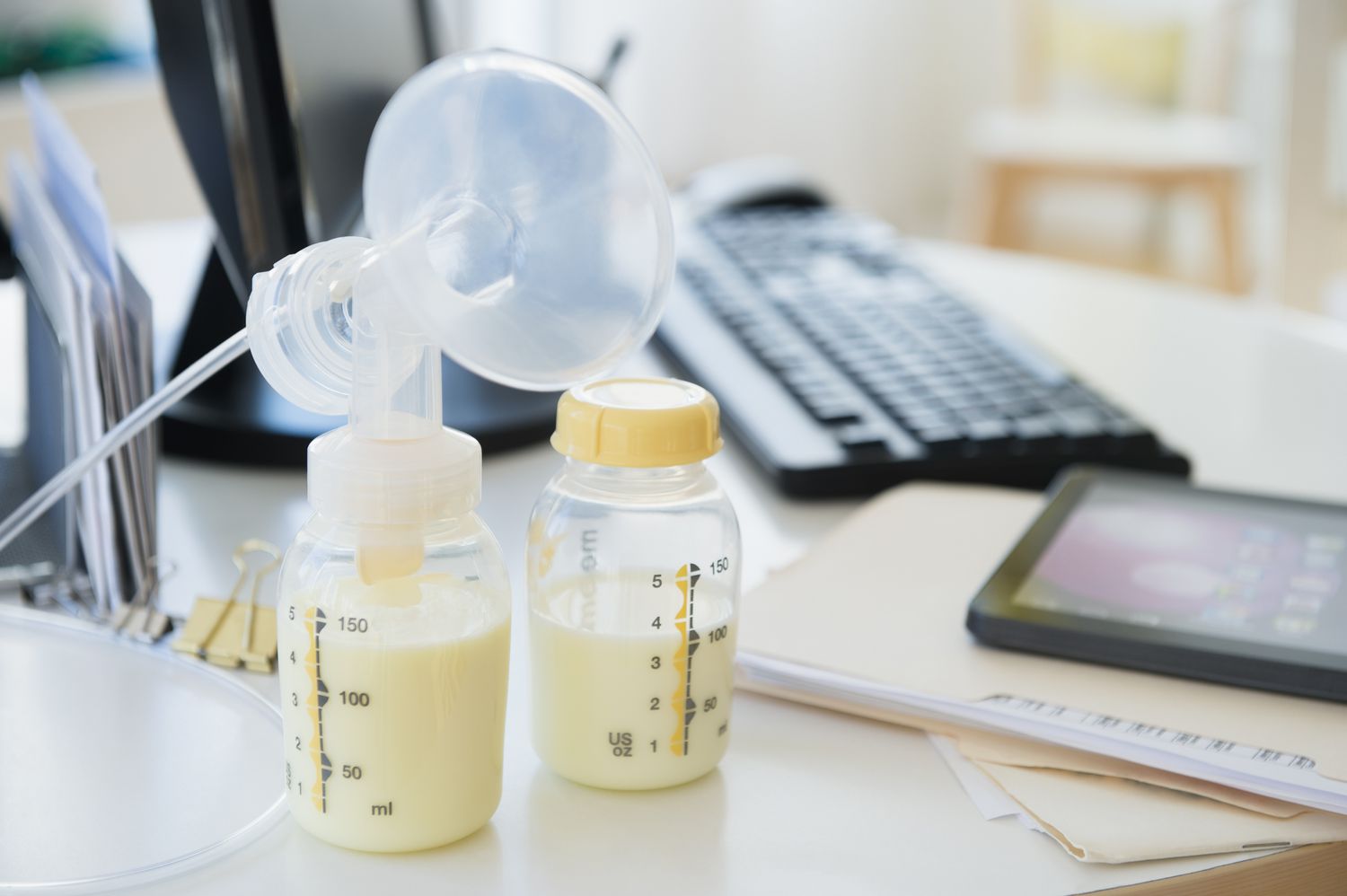
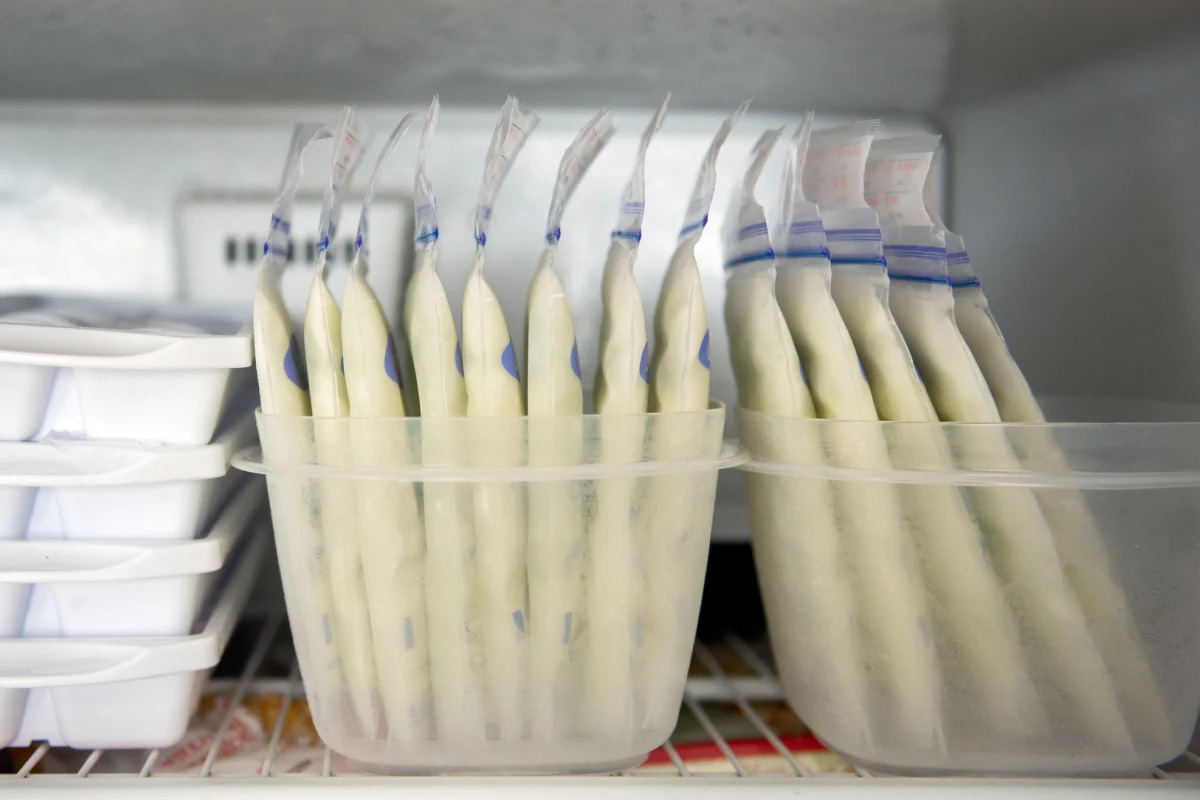

0 thoughts on “How To Store Breast Milk In Fridge”